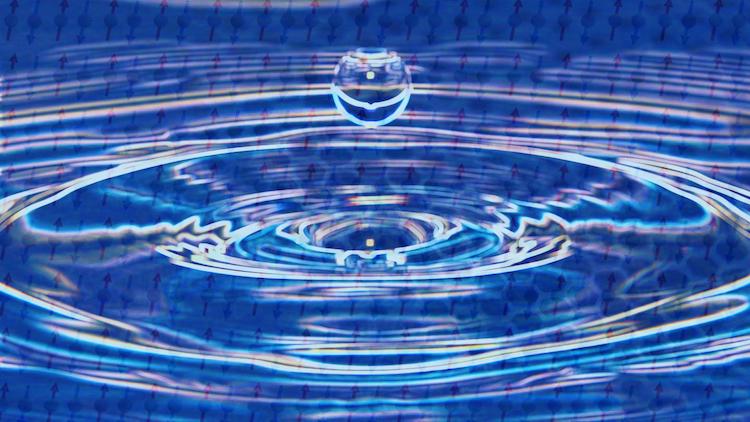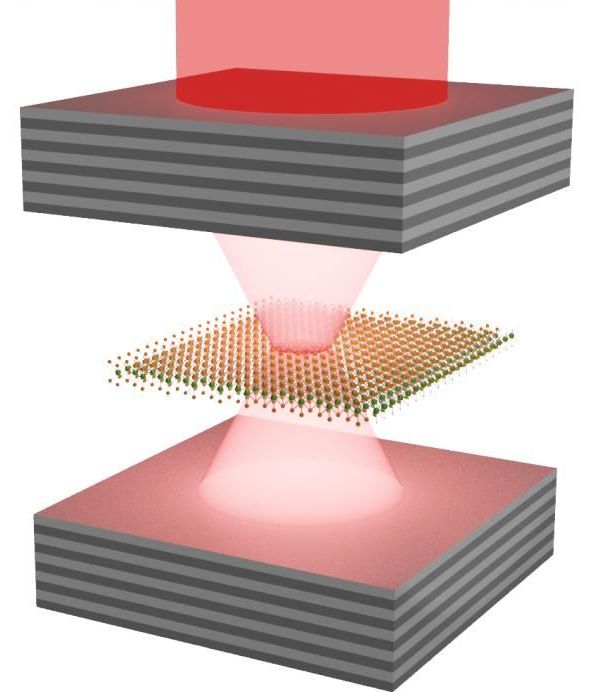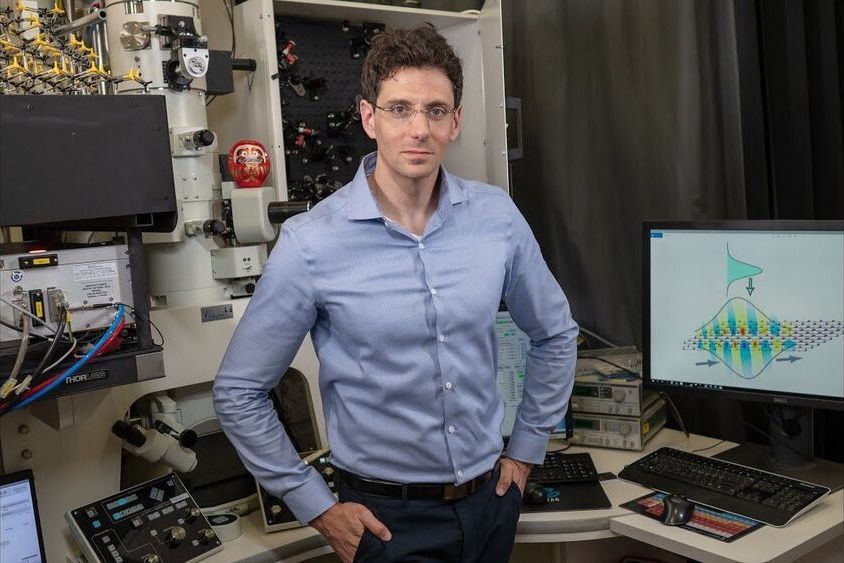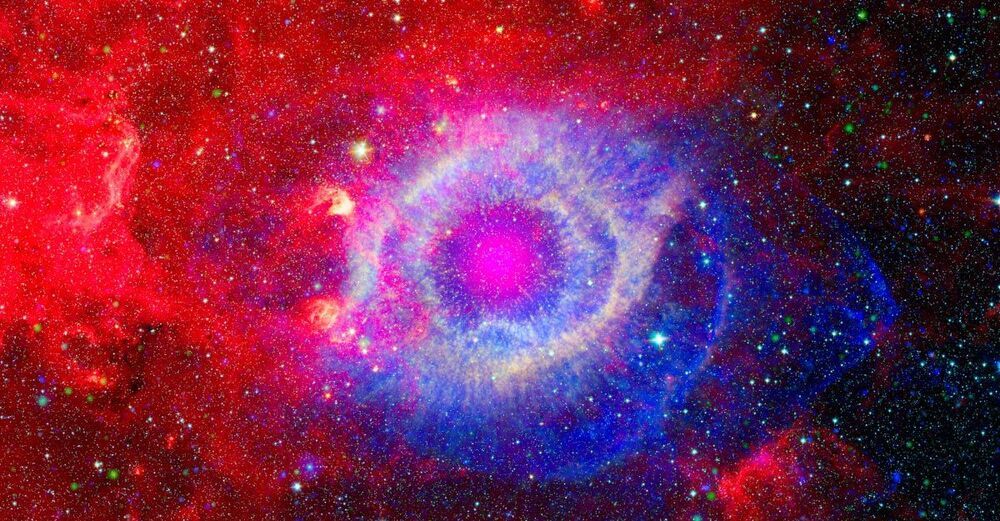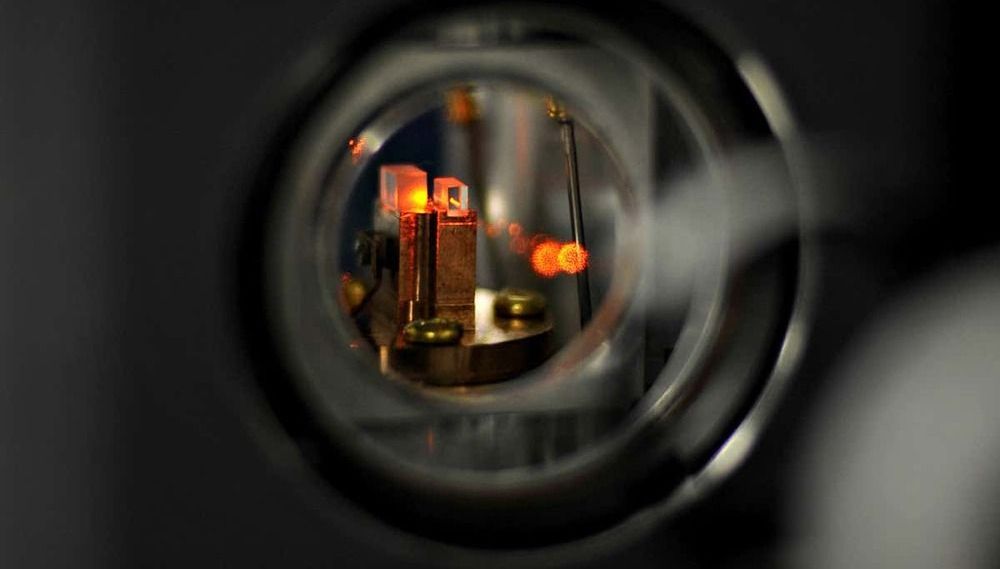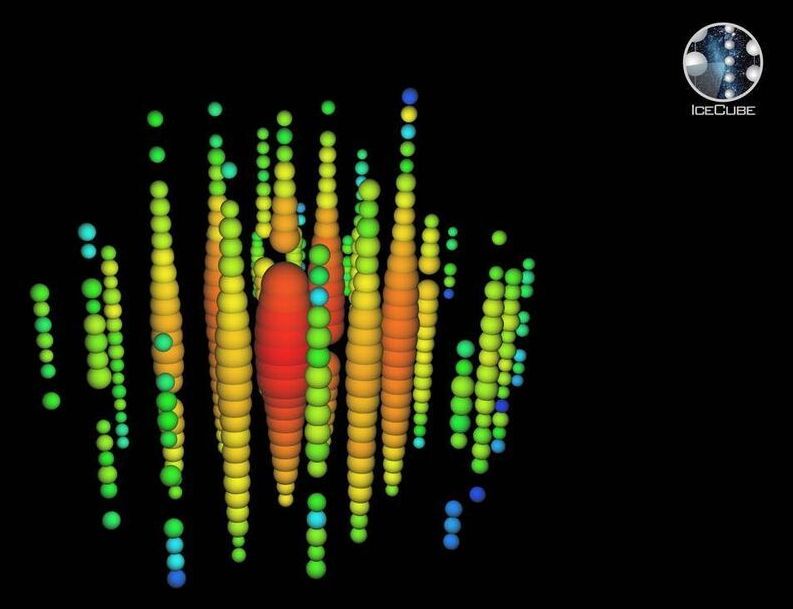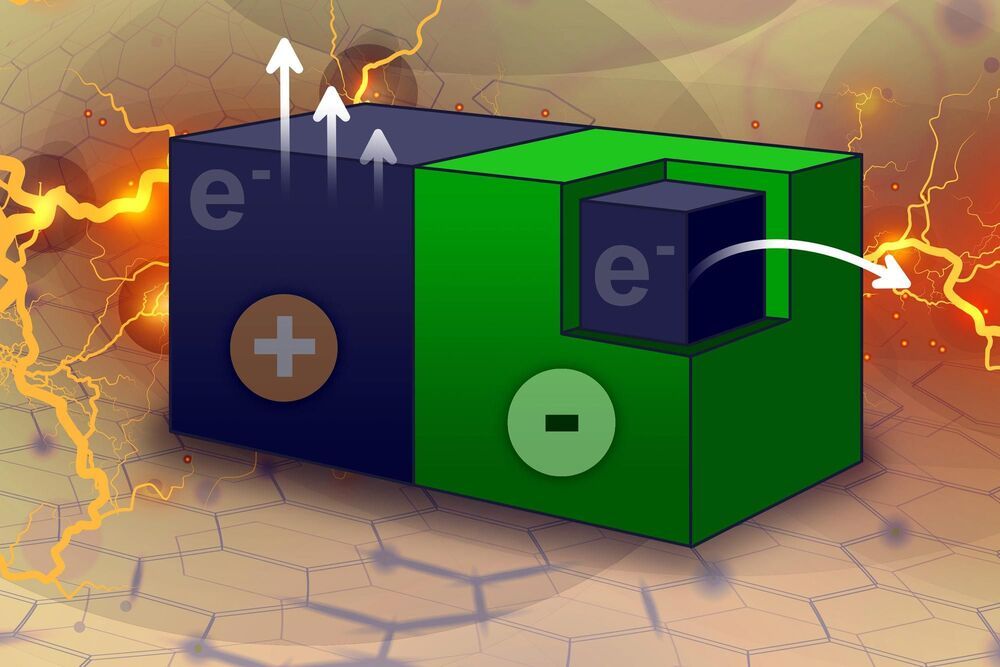Jun 13, 2021
Electrons dual nature appears in a quantum spin liquid
Posted by Saúl Morales Rodriguéz in categories: mathematics, particle physics, quantum physics
Physics World
Quantum mechanics describes this frustration by suggesting that the orientation of the spins is not rigid. Instead, it constantly changes direction in a fluid-like way to produce an entangled ensemble of spin-ups and spin-downs. Thanks to this behaviour, a spin liquid will remain in a liquid state even at temperatures near absolute zero, where most materials usually freeze solid.
The holon and the spinon
Continue reading “Electrons dual nature appears in a quantum spin liquid” »
